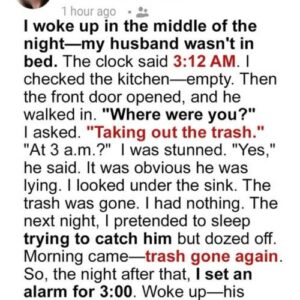U.S. Airstrikes Cause Major Damage to Key Iranian Nuclear Facilities
Recent U.S. military airstrikes have caused substantial damage to three of Iran’s most important nuclear sites — Fordow, Natanz, and Isfahan — according to new satellite imagery and analysis from nuclear experts.
The strikes were announced by President Donald Trump on June 21, who described the mission as a “complete success,” stating that a full payload of bombs was dropped, with Fordow targeted as the primary site. Satellite images released by Maxar Technologies appear to support the claim that all three facilities sustained notable damage.
Fordow Facility: Buried but Not Untouched
Located deep within a mountain, Fordow is one of Iran’s most fortified nuclear enrichment facilities. It is believed to house uranium centrifuges within underground halls that sit between 80 and 90 meters (approximately 260 to 295 feet) below the surface.
Pre-strike satellite images show a largely undisturbed landscape around the site, but post-strike images taken on June 22 reveal at least six large craters near key access points. Ash and debris are visible across the terrain, suggesting the use of earth-penetrating munitions designed to strike targets buried deep underground.
According to David Albright, president of the Institute for Science and International Security, the enrichment halls may have suffered “a considerable amount of damage,” and in some cases, “total destruction is quite possible.”
Natanz Site: Secondary Strike Follows Previous Attack
The Natanz nuclear complex, already damaged in an earlier attack believed to have been carried out by Israel, was struck again during the U.S. operation. Unlike Fordow, Natanz includes both above-ground facilities and underground structures.
New satellite imagery shows fresh craters appearing on the surface above the underground sections of the plant. These marks indicate targeted bombings of subterranean facilities, potentially aimed at disrupting enrichment activities taking place below.
Isfahan Research Complex: Widespread Structural Damage
Isfahan, home to Iran’s largest nuclear research center, suffered extensive damage during the strikes. The site, active since 1984, houses a variety of nuclear research buildings and uranium conversion facilities.
Images taken before the attacks show a large, structured campus. However, photos captured afterward display signs of ash, rubble, and the destruction or collapse of several buildings. The Institute for Science and International Security confirmed “heavy damage” to Isfahan, including what appears to be the filling of tunnel entrances with soil — possibly as a precaution to contain explosive force or radioactive material.
The uranium conversion facility at Isfahan, responsible for preparing uranium for enrichment, was among the hardest-hit targets.
Expert Interpretation: A Blow to Enrichment Efforts
The targeted facilities all play a role in Iran’s uranium enrichment process. Iran has previously enriched uranium to 60%, which is just below weapons-grade (90%). Striking locations storing enriched uranium may indicate an effort by the U.S. to significantly disrupt any further progress toward high-grade material.
The long-term effects of the strikes remain under review. International agencies, including the IAEA, continue to monitor the situation. While no significant radiation spikes have been detected so far, analysts stress that full damage assessments are ongoing.





